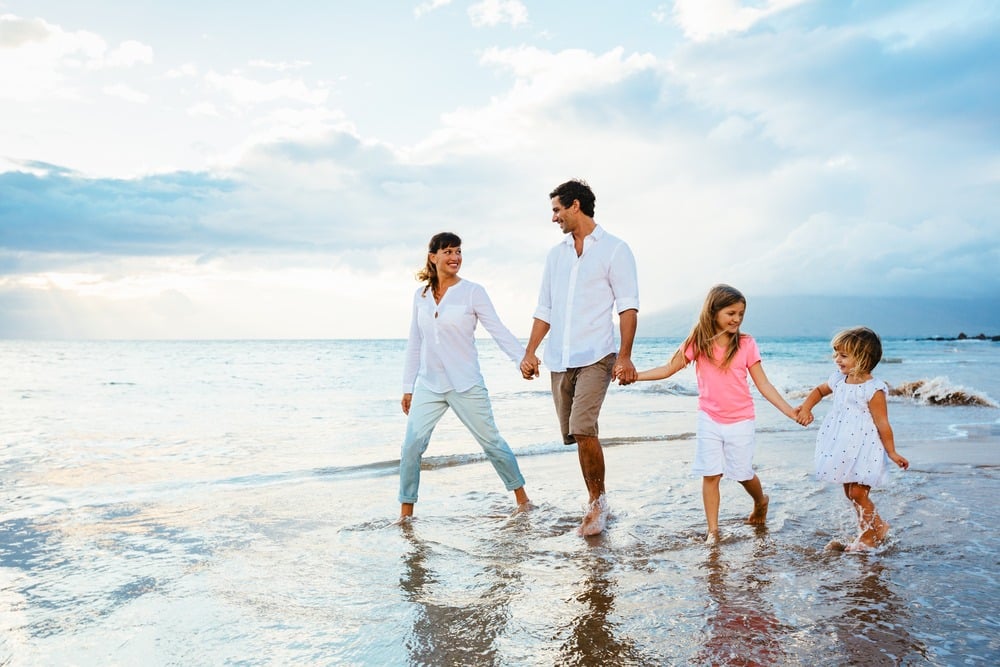For years, both children and adults have suffered from scoliosis. Despite the major milestones witnessed in modern medicine, the true causes of scoliosis remain elusive. Nonetheless, certain types of scoliosis formations have a directly identifiable source that we will discuss in this piece. Scoliosis is a condition that forces the spine to curve sideways, and, in most cases, it gets uncomfortable and painful.
Because scoliosis subjects one side of the body to hold on to more weight, you may begin to complain of hip pain. Hip pain associated with scoliosis may also emanate from stretched ligaments from the spinal deformity. One fundamental principle of chiropractic care is alleviating scoliosis and its associated hip pain. But before we get there, this piece aims at getting clear insights into the causes of scoliosis and hip pain.
Upper cervical injury during birth
Some children struggle with scoliosis since birth. One leading cause of this incidence is traumatic birth experiences either through vaginal birth or caesarian section procedures. Babies have delicate bones and bodies that can crack and bend when subjected to force. When a baby is forcefully or carelessly pulled from the uterus or birth canal, its head, neck, or spine may suffer some physical injuries. Excessive pressure may interfere with the upper cervical bone, trigger backbone misalignment, or injure the spinal nerves. When the baby continues to grow, the curve of the spine follows suit leading to scoliosis.
Spinal de-stabilization and degeneration
Decades ago, scientists discovered the development of scoliosis in senior adults. Unlike the type of scoliosis that affects teens and children with growing bones, degenerative scoliosis occurs amidst weakening bone structures. When suffering from spondylosis, the spine goes through drastic changes. Spondylosis is a type of arthritic condition stimulated by wear and tear to the spine. Ligaments, discs, and joint degeneration along the spine lead to unusual curves on the spine. As a result, scoliosis slowly develops, and the imbalance triggers hip joint pain.
Genetic composition
Research shows that at least one gene is thought to be associated with scoliosis. People with genetic conditions such as Down syndrome and Marfan syndrome are believed to have high risks of developing idiopathic scoliosis. If your family history records cases of scoliosis, you and your children may be susceptible to developing the condition.
Congenital scoliosis
In some cases, scoliosis starts during fetus development before birth. During spine formation, the vertebrae may fail to divide itself entirely or become incomplete. Depending on the severity of congenital scoliosis, doctors may or may not detect the condition during childbirth. If the condition continues to progress, it may get identified during the teen years when bone growth is rampant.
Muscle imbalances and dystrophy
This particular cause of scoliosis is mainly witnessed in by young children and adults that play sports, which focus primarily on one-sided moves such as golf and tennis. Asymmetrical spinal exercises burden one side of your body with more weight. This may cause stress on one side and eventually trigger the development of scoliosis.
Spinal cord injuries and infections
Severe infections and injuries to the spine could trigger the development of scoliosis and hip pain. In the event where you suffer from physical injury to the body, spine, or adjacent tissues, the force could prompt some bone misalignment. As a result, a curve to the spine cannot be eliminated. It instead stretches ligaments and muscles, causing hip pain. Physical rehabilitation and chiropractic care may help stop the progression of the condition and reduce hip pain.
Functional scoliosis
When you are born with a normal and straight spine, you may begin to develop an unusual spinal curve emanating from another problem within the body. For instance, having one shorter leg than the other, unequal weight distribution, strenuous activity to the back, and back muscle spasms are leading causes of scoliosis.
Risk factors
Age is a risk factor as bone growth is highest between the ages of 9 and 15, while bone degeneration mostly occurs during your senior years. According to findings and research, being female increases your chances of developing and worsening your spine’s curvature. If one of your family members struggles with scoliosis and hip pain, there’s an increased chance that you may develop it.
Do you suspect scoliosis in you or your child? Contact us now to book an appointment with us and air out your concerns to our best chiropractor. We will diagnose your condition and clear the air for you. Call us now at 205-637-1363.








